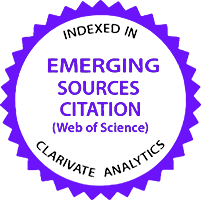Abstract—Underwater medium is the most difficult medium for data communication while electromagnetic waves and optical signals are some of the present modes of communication in water. Electromagnetic waves would suffer a significant loss, limiting them to short-range communication. Optical waves, on the other hand, have line-of-sight concerns. The proposed work employs a Light Fidelity (Li-Fi) data transmission technology in a water medium to address these issues. Visible light communication allows using a wide range of frequencies to send messages, and when compared to other transmission technologies, the data transfer rate is likewise relatively high. Electronic components and level converters are utilized to regulate flickering and communicate data on both the transmitter and receiver sides; but when exposed to the outer environment, they will lose the signal due to noise. To help with noise level estimate and signal reconstruction, the proposed work employs a machine learning technique that uses an encrypted block chain approach to check for data loss and a weighted Long Short-Term Memory (LSTM) algorithm to predict data from a neural network. The proposed work concludes that block chain can be the best way for data transfer in terms of minimizing errors while maintaining high accuracy.
Keywords: Underwater; Block chain; Li-Fi; Machine learning; Neural network; Bit error rate; Weighted LSTM.
DOI: http://doi.org/10.5455/jjee.204-1670228110

![Scopus®_151_PNG-300x86[1]](https://jjee.ttu.edu.jo/wp-content/uploads/2024/03/Scopus®_151_PNG-300x861-1.png)
